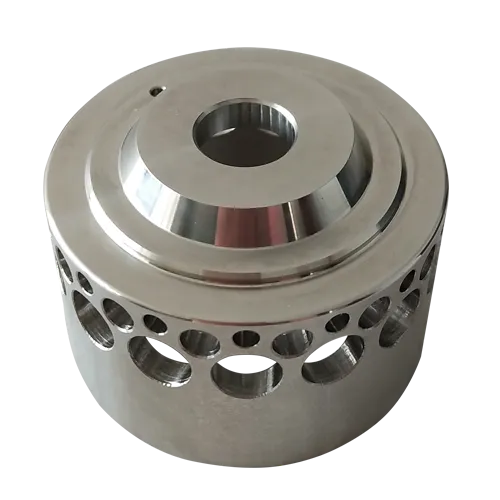Mobile:+86-311-808-126-83
Email:info@ydcastings.com
Understanding the Process and Benefits of Continuous Casting in Metal Production
What is Continuous Casting?
Continuous casting is a crucial process in the steelmaking and metalworking industries, revolutionizing the way metals are shaped and formed. This technique allows for the continuous production of metal shapes, primarily steel, by casting molten metal directly into a solid form without the need for intermediate processing steps like ingot casting. Continuous casting not only enhances efficiency but also improves material quality, making it a preferred choice for metal manufacturers around the globe.
The Process of Continuous Casting
The continuous casting process begins with the melting of raw materials, usually iron ore and scrap metal, in a furnace. The molten metal is then transported to a casting machine, which is the heart of the continuous casting operation. Unlike traditional casting methods, where molten metal is poured into molds, continuous casting uses a series of molds that shape the metal as it cools and solidifies.
The casting machine consists of a tundish, where the molten metal is poured from the furnace, and a series of water-cooled molds. As the molten steel flows into these molds, it starts to solidify at the surface, while the core remains molten. The continuous casting machine gradually withdraws the solidifying metal, allowing it to cool further and take on a solid form. This process produces a continuous strand of metal, which can be further cut into lengths as required.
Advantages of Continuous Casting
1. Increased Efficiency One of the most significant advantages of continuous casting is its efficiency. The continuous flow of material reduces the waiting time and labor involved in traditional casting processes. Instead of casting metal in batches, continuous casting allows for a constant production stream, maximizing output and minimizing downtime.
2. Improved Quality Continuous casting typically results in higher quality products compared to traditional methods. The controlled environment of the casting process ensures that the molten metal cools evenly, reducing the risk of defects such as inclusions or porosity. Additionally, the continuous nature of the process allows for better temperature control and consistency in the final product.
what is continuous casting

3. Material Savings Continuous casting minimizes waste, as the molten metal is transformed directly into the desired shape without the need for reprocessing or excessive trimming. This efficiency not only saves raw materials but also reduces costs associated with recycling leftover materials.
4. Versatility The continuous casting process is versatile, accommodating a variety of metals and alloys. While it is predominantly used for steel, adaptations have been made to cast non-ferrous metals, such as aluminum and copper. This flexibility allows manufacturers to utilize continuous casting for a wide range of applications, including structural components, automotive parts, and more.
5. Environmental Benefits Due to its efficiency and reduced waste, continuous casting can be more environmentally friendly compared to traditional methods. Lower energy consumption during the casting process and the reduction of scrap material contribute to a smaller carbon footprint for metal producers.
Applications of Continuous Casting
Continuous casting is widely utilized in various industries. In the construction sector, continuous cast steel is used for beams, columns, and reinforcements that form the backbone of buildings and infrastructure. The automotive industry relies on continuous casting for producing components that require high strength and durability, such as axles and crankshafts. Additionally, continuous casting plays a vital role in the production of large-diameter pipes for oil and gas transportation and in manufacturing flat products used in appliances and consumer goods.
Conclusion
In summary, continuous casting is a transformative technique that has transformed the steel and metal production landscape. Its ability to deliver high-quality products efficiently makes it an indispensable process in modern manufacturing. As industries continue to evolve and seek ways to optimize production while minimizing environmental impact, continuous casting will likely play an increasingly prominent role in meeting these demands. The ongoing advancements in casting technologies promise to further enhance the capabilities and applications of this essential process, ensuring its significance for years to come.
-
Why Should You Invest in Superior Pump Castings for Your Equipment?NewsJun.09,2025
-
Unlock Performance Potential with Stainless Impellers and Aluminum End CapsNewsJun.09,2025
-
Revolutionize Your Machinery with Superior Cast Iron and Aluminum ComponentsNewsJun.09,2025
-
Revolutionize Fluid Dynamics with Premium Pump ComponentsNewsJun.09,2025
-
Optimizing Industrial Systems with Essential Valve ComponentsNewsJun.09,2025
-
Elevate Grid Efficiency with High-Precision Power CastingsNewsJun.09,2025











